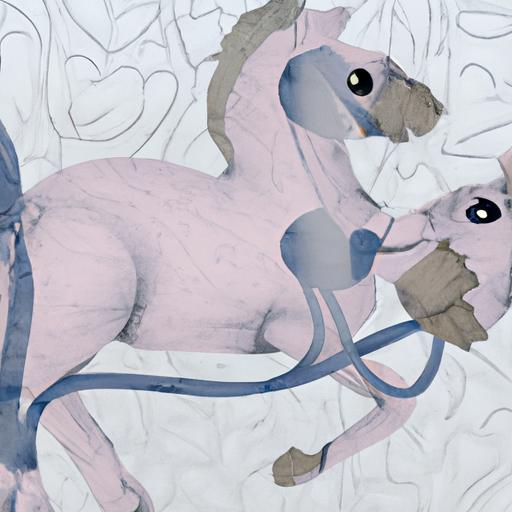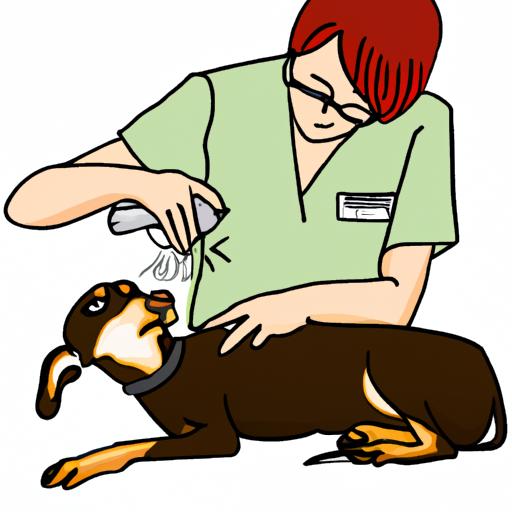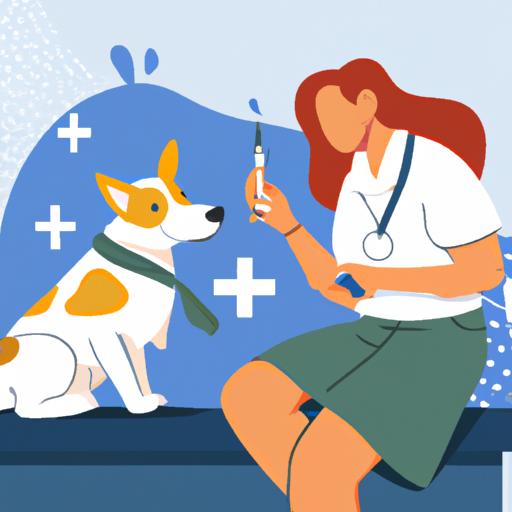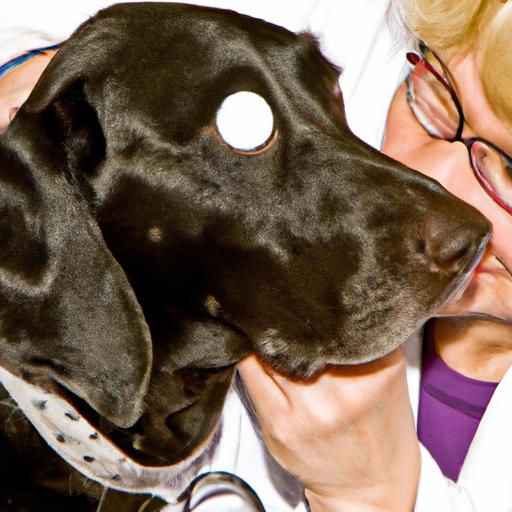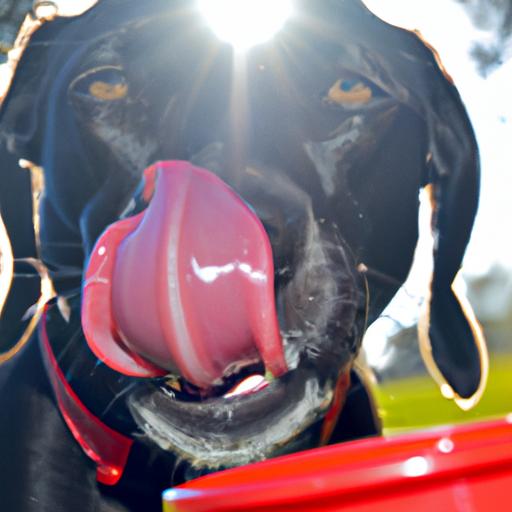
Recognizing Signs of Canine Dehydration
Learn how to recognize signs of canine dehydration and take prompt action to ensure your dog stays hydrated and healthy. Be a responsible pet owner!
Introduction
As responsible pet owners, it is crucial to understand how to recognize the signs of canine dehydration. Dehydration occurs when a dog’s body lacks adequate fluids, which can be detrimental to their health and well-being. In this article, we will discuss the importance of recognizing the signs of dehydration in dogs and how to take prompt action. By being vigilant and knowledgeable, you can help ensure your four-legged friend stays hydrated and healthy.
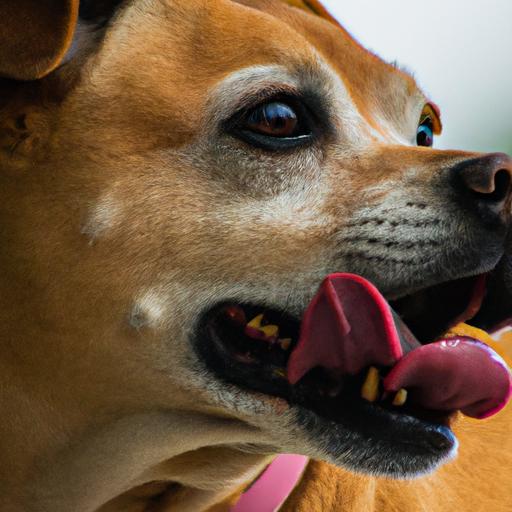
Signs of Canine Dehydration
Dehydration in dogs can manifest through various physical symptoms and behavioral changes. By being aware of these signs, you can identify dehydration early and address it promptly.
Physical Symptoms to Observe
-
Dry gums and sticky saliva: When a dog is dehydrated, their gums may appear dry or tacky to the touch. Normally, a dog’s gums should be moist and pink.
-
Loss of skin elasticity: Gently lift the skin on your dog’s neck or back and release it. If the skin takes longer to return to its original position or forms a “tent,” it could indicate dehydration.
-
Sunken eyes: Dehydrated dogs often display sunken or dull-looking eyes. If you notice a change in your dog’s eye appearance, it may be a sign of dehydration.
-
Lethargy and weakness: Dehydration can cause dogs to become lethargic, weak, or unusually tired. If your dog exhibits reduced energy levels, it could be a red flag for dehydration.
Behavioral Changes Indicating Dehydration
-
Increased panting and thirst: Dehydrated dogs may pant excessively and exhibit an increased desire for water. If your dog seems excessively thirsty, it could be a sign of dehydration.
-
Reduced appetite: Dehydration can lead to a decrease in appetite. If your dog suddenly loses interest in food or shows a significant decrease in their eating habits, it may be linked to dehydration.
-
Decreased urination: Monitoring your dog’s urination patterns is important. If you notice a significant reduction in the frequency or volume of their urine output, it could indicate dehydration.
Frequently Asked Questions (FAQ) about Canine Dehydration
What are the common causes of dehydration in dogs?
Dehydration in dogs can occur due to various reasons, including:
- Inadequate water intake: Dogs may not consume enough water, especially during hot weather or after physical exertion.
- Illness or fever: Certain illnesses or fevers can cause increased fluid loss, leading to dehydration.
- Vomiting and diarrhea: Frequent vomiting or diarrhea can rapidly deplete a dog’s body of fluids.
- Excessive heat or exercise: Dogs can become dehydrated if exposed to high temperatures or engaged in strenuous activities without sufficient hydration.
How can dehydration be prevented?
Preventing dehydration in dogs is essential for their overall well-being. Here are some preventive measures:
- Provide access to fresh water: Ensure your dog always has access to clean drinking water, especially during hot weather or after exercise.
- Monitor water intake: Keep an eye on your dog’s water consumption and encourage them to drink regularly.
- Avoid excessive heat: Limit your dog’s exposure to extreme heat and provide shade and cool areas for them to rest.
- Be cautious during exercise: Avoid excessive physical activity during peak temperatures and ensure your dog takes water breaks.
- Regular veterinary check-ups: Regular visits to the veterinarian can help identify any underlying health issues that may contribute to dehydration.
What should I do if I suspect my dog is dehydrated?
If you suspect your dog is dehydrated, it is essential to take prompt action. Here’s what you can do:
-
Offer water: Provide your dog with fresh, clean water and encourage them to drink. However, avoid forcing water into their mouth as it may lead to choking.
-
Monitor closely: Observe your dog’s behavior and look for signs of improvement or worsening. If the symptoms persist or worsen, consult a veterinarian for further guidance.
-
Seek veterinary assistance: If your dog’s condition does not improve or if they exhibit severe symptoms of dehydration, it is crucial to seek professional help. A veterinarian will assess your dog’s condition and provide appropriate treatment.
Can dehydration be fatal for dogs?
Yes, severe dehydration can be life-threatening for dogs if left untreated. Dehydration can lead to organ failure and other serious complications. It is essential to recognize the signs early and take necessary measures to prevent dehydration from progressing to a critical stage.
Conclusion
Recognizing the signs of canine dehydration is crucial for the well-being of your furry companion. By being vigilant and understanding the physical symptoms and behavioral changes associated with dehydration, you can take prompt action to ensure your dog stays hydrated and healthy. Remember to provide access to fresh water, monitor their water intake, and seek veterinary assistance if needed. With your care and attention, you can help your beloved canine friend avoid the detrimental effects of dehydration and enjoy a happy, hydrated life.


